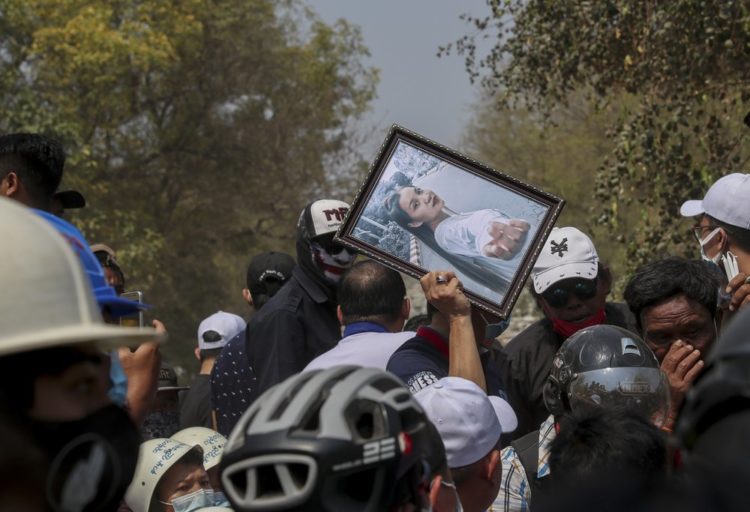The protests by Myanmar’s civilians against the military coup continue, despite the increasing use of deadly force by the military against them.
Earlier this week, Myanmar security forces shot and killed 38 people in a single day, in what the United Nations characterized as by far “the bloodiest day” since the protests against the military coup, which ousted the duly elected government of Aung San Sui Kyi, began on February 1.
“Today it was the bloodiest day since the coup happened on February 1. We have today — only today — 38 people died. We have now more than over 50 people died since the coup started,” UN Special Envoy for Myanmar Christine Schraner Burgener, said to reporters at UN headquarters on Wednesday.
The crackdown on protests has killed at least 54 people since the protests began. Yet, Wednesday’s level and nature of violence has international officials worried that coup leaders, frustrated over the continuing protests, have ordered troops to shoot to kill.
Amnesty International’s Deputy Regional Director for Research Emerlynne Gil, said in a statement that “everything points to troops adopting shoot to kill tactics to suppress the protests, and with silence from the military administration, there is a growing consensus that this has been authorized by the government.”
“We are seeing a surge in unlawful killings, including apparent extrajudicial executions, with no apparent attempt to rein in the use of lethal force,” Gil added. “If anything, security forces appear increasingly brazen in their deployment of lethal weapons with each passing day.”
Schraner Burgener said that it appears as if Myanmar’s military wasn’t prepared for and was surprised by the level of civilian protests against the coup. Several other violent crackdowns had quelled protests in the past.
“I think that the army is very surprised that it doesn’t work because in the past, in 1988 and 2007 and 2008, it worked,” she said. However, Schraner Burgener warned that any hope for the UN Security Council to act was “waning fast.”
She urged the Security Council to act to end the violence and restore democratic institutions, denouncing the actions by the military, “which continues to severely undermine the principles of this Organization and ignores our clear signals to uphold them.” But China and Russia, both members of the Security Council, are expected to veto any moves.
Video and photographs from several sources clearly demonstrate the brutality of armed forces under the command of coup leader Gen. Min Aung Hlaing. “I saw today very disturbing video clips,” said Schraner Burgener. “One was police [sic] beating a volunteer medical crew. They were not armed. Another video clip showed a protester was [sic] taken away by police and they shot him from very near, maybe only one meter. He didn’t resist [his] arrest, and it seems that he died on the street.”
UN spokesman Stephane Dujarric condemned the violence and commented on videos that are appearing everywhere on social media. “The video is extremely disturbing,” Dujarric said. “We have seen in Myanmar in recent days harassment, arrests, and physical attacks on journalists. Those must cease and those journalists who have been detained along with the other people who have been arrested should also be freed.”
Already have an account? Sign In
Two ways to continue to read this article.
Subscribe
$1.99
every 4 weeks
- Unlimited access to all articles
- Support independent journalism
- Ad-free reading experience
Subscribe Now
Recurring Monthly. Cancel Anytime.
Police and security forces have arrested over 1,200 people and continue to detain numerous journalists who are reporting on the coup. Nevertheless, protesters still take to the streets.

